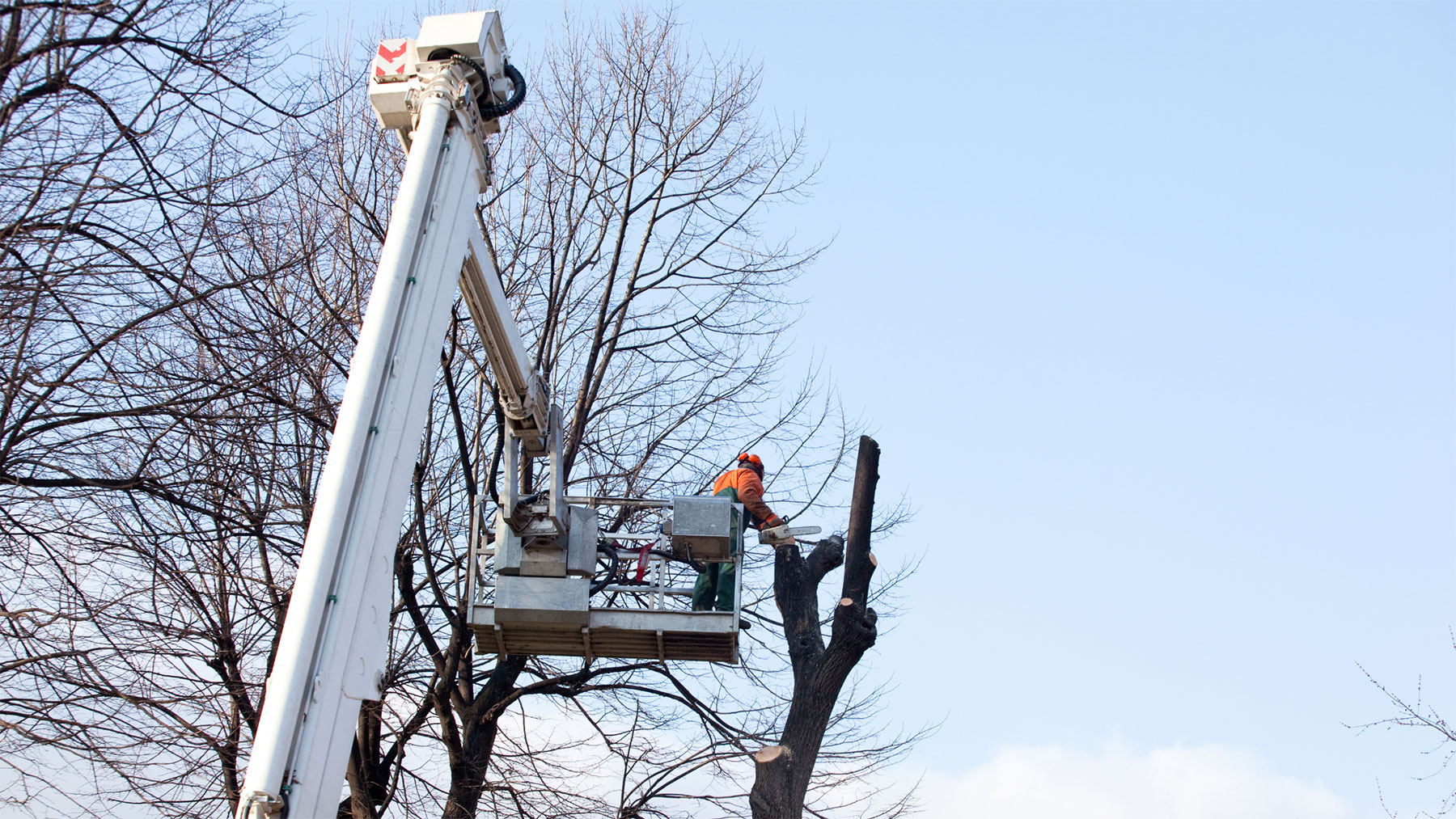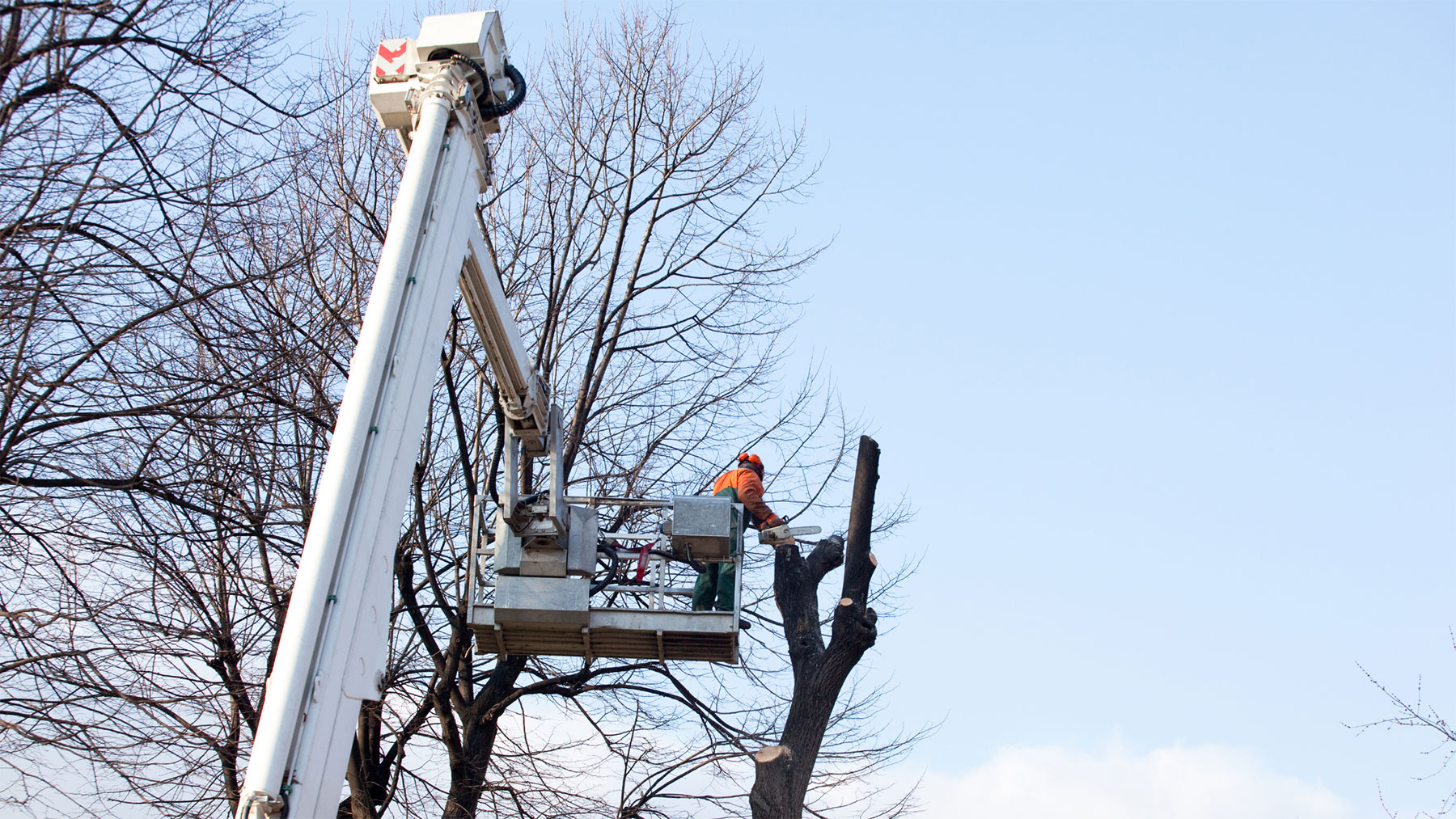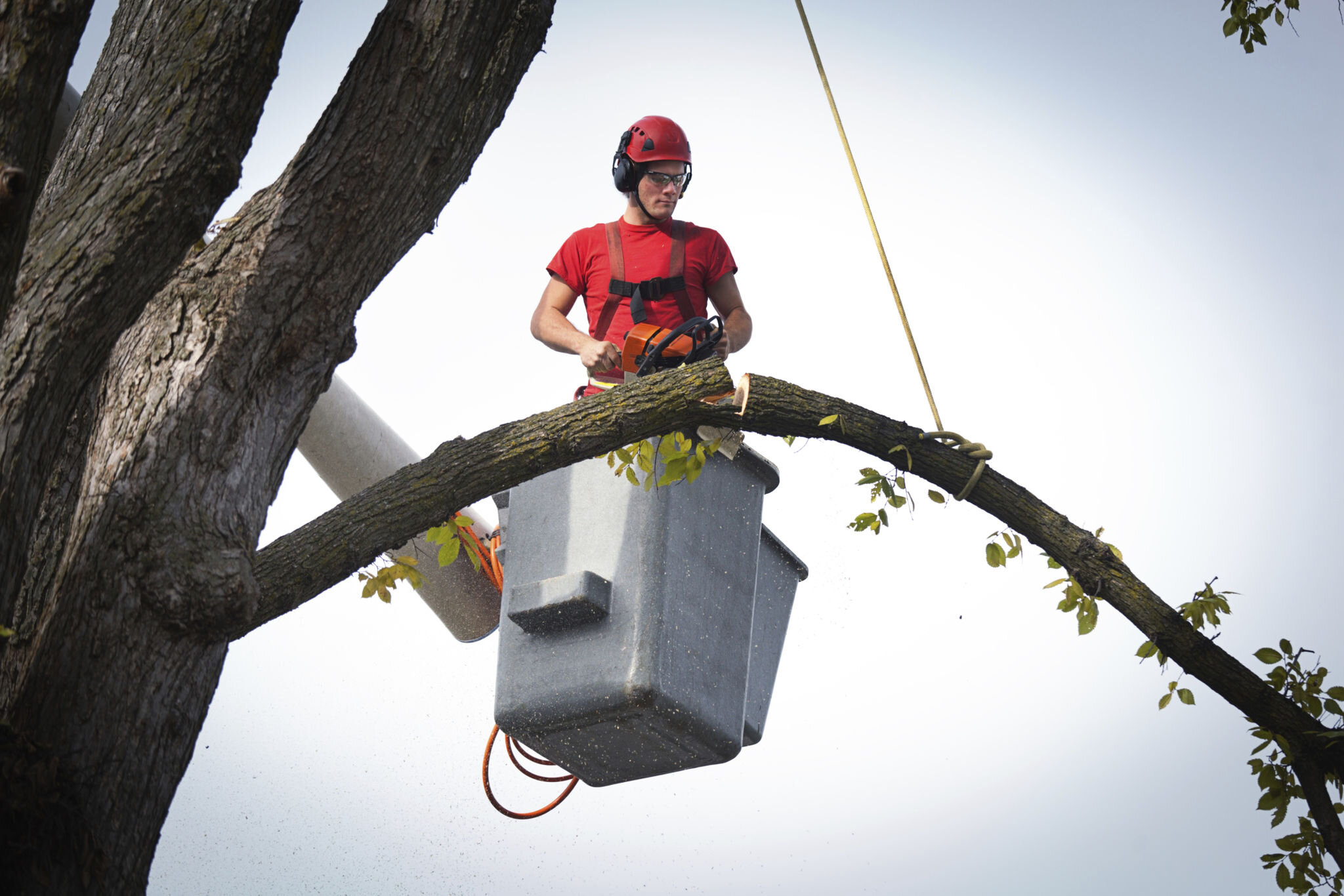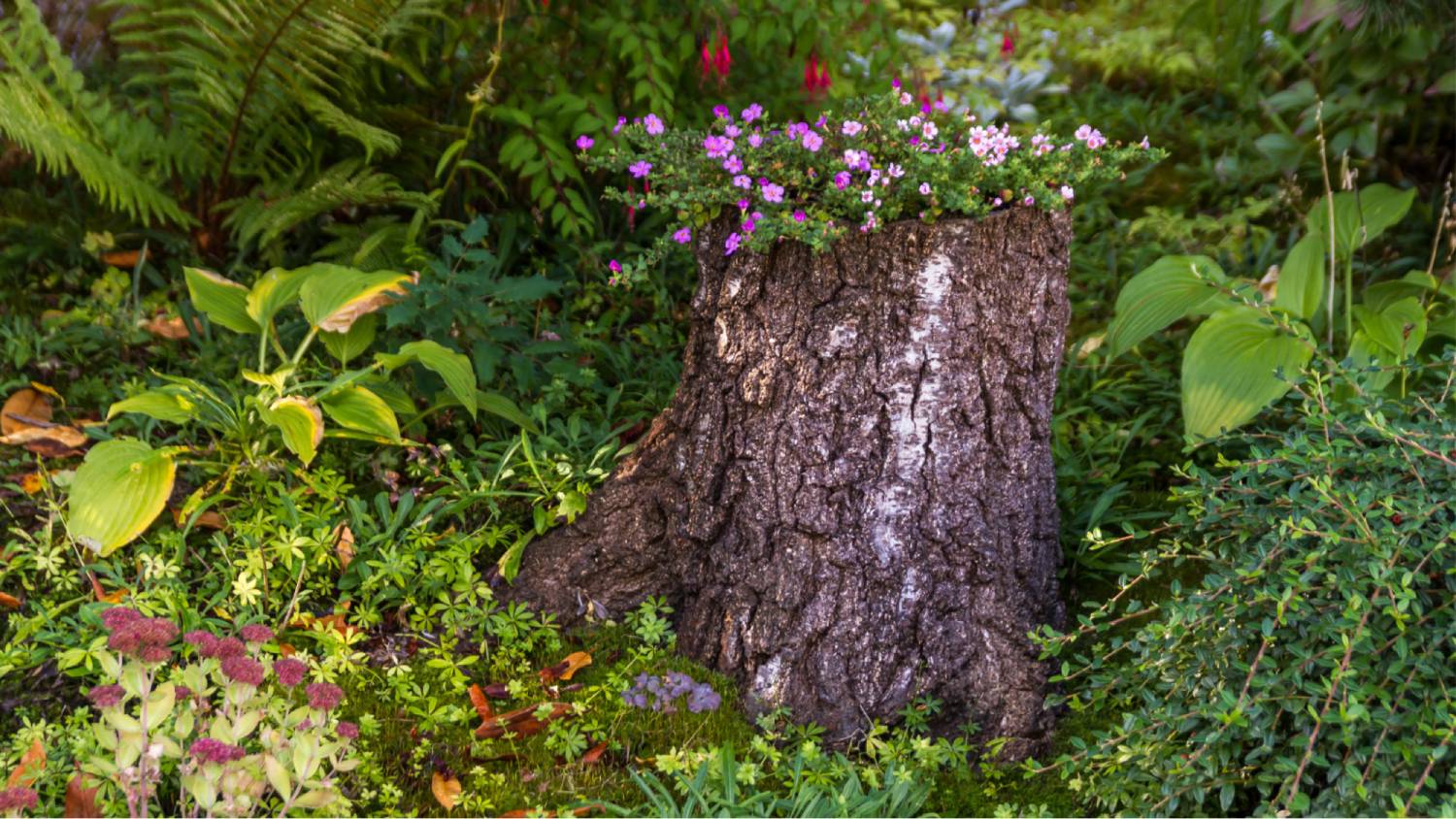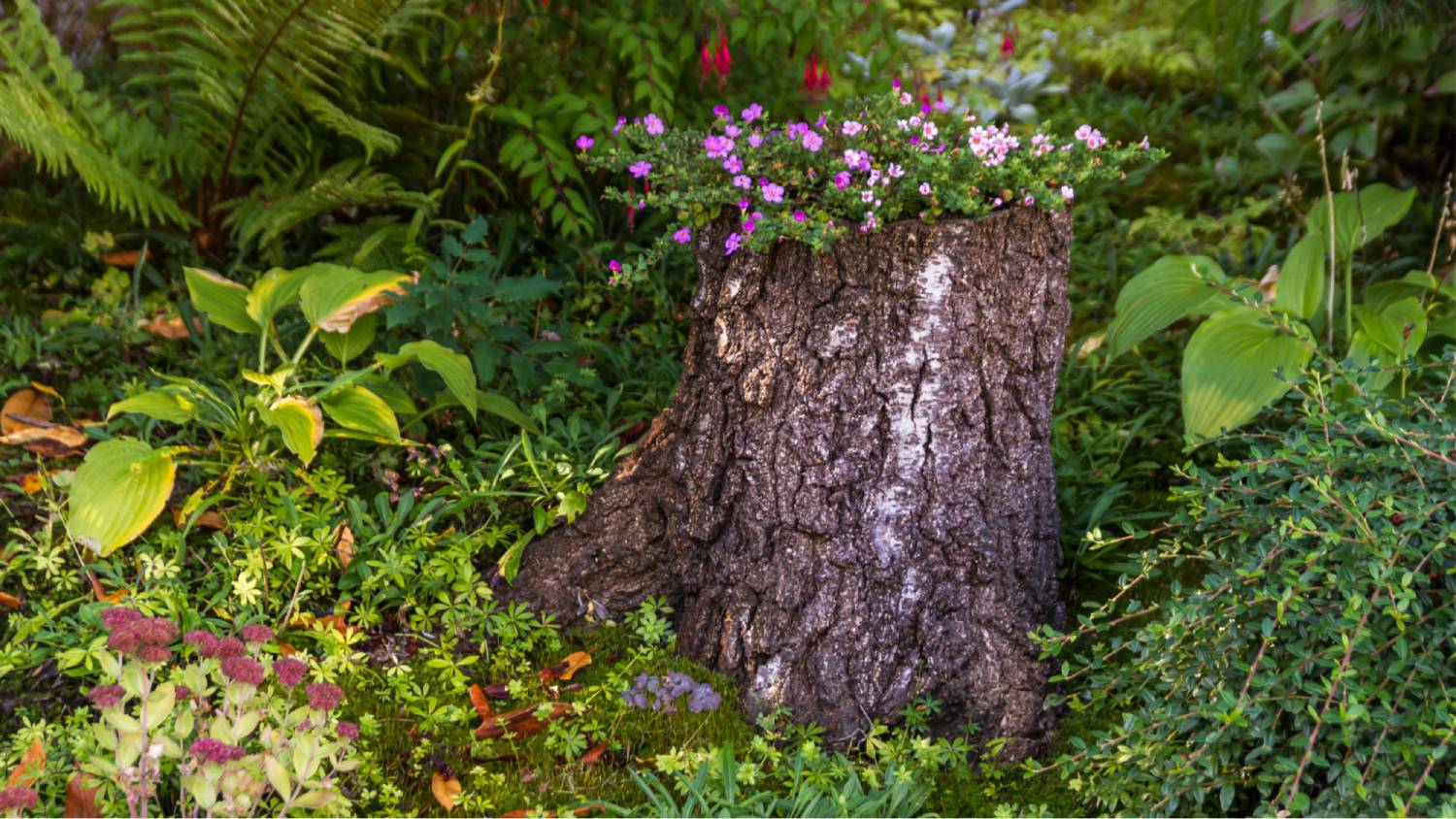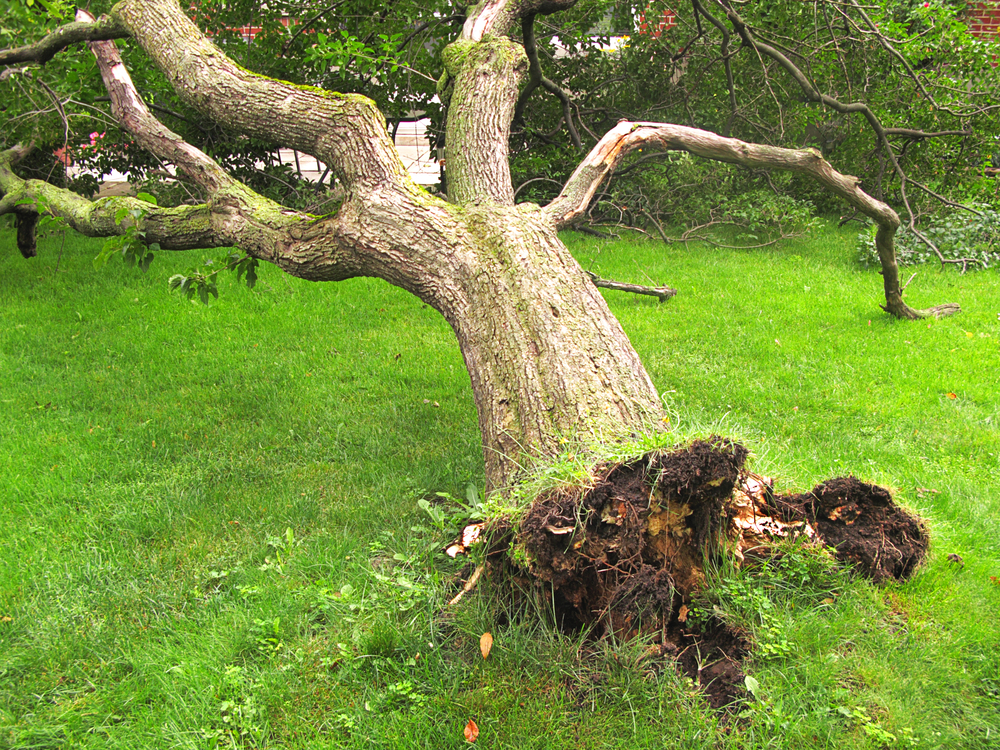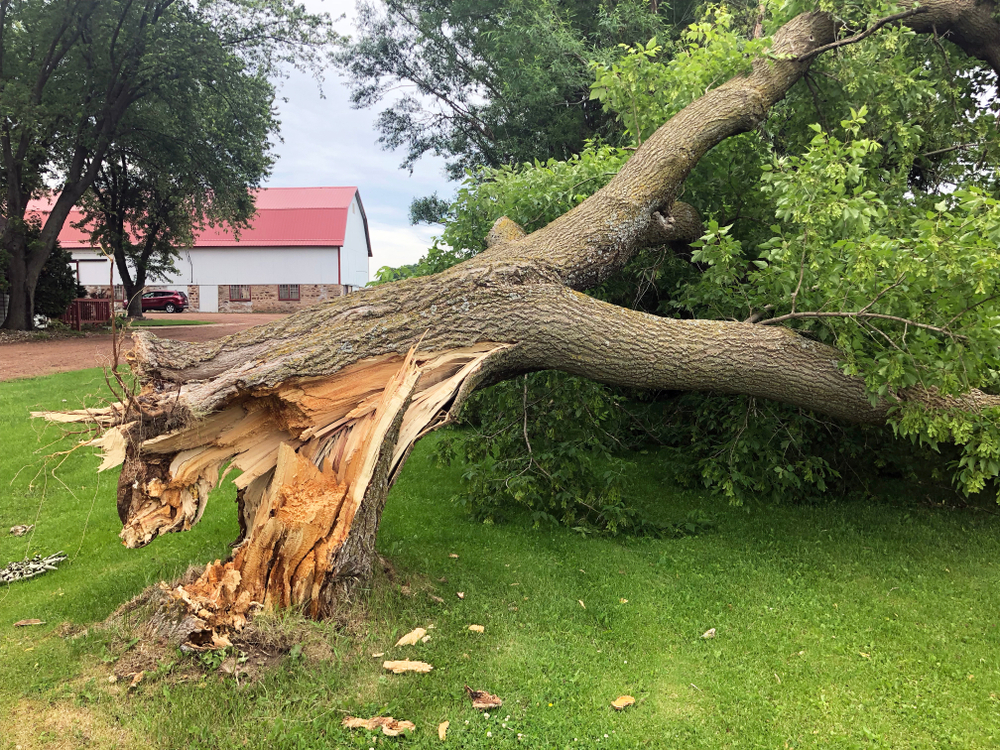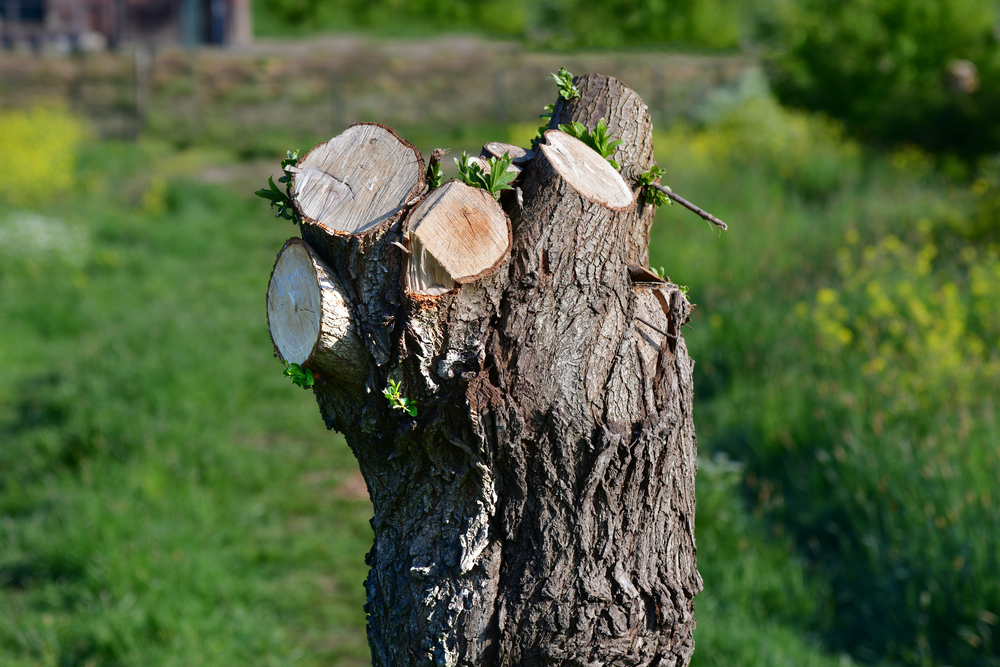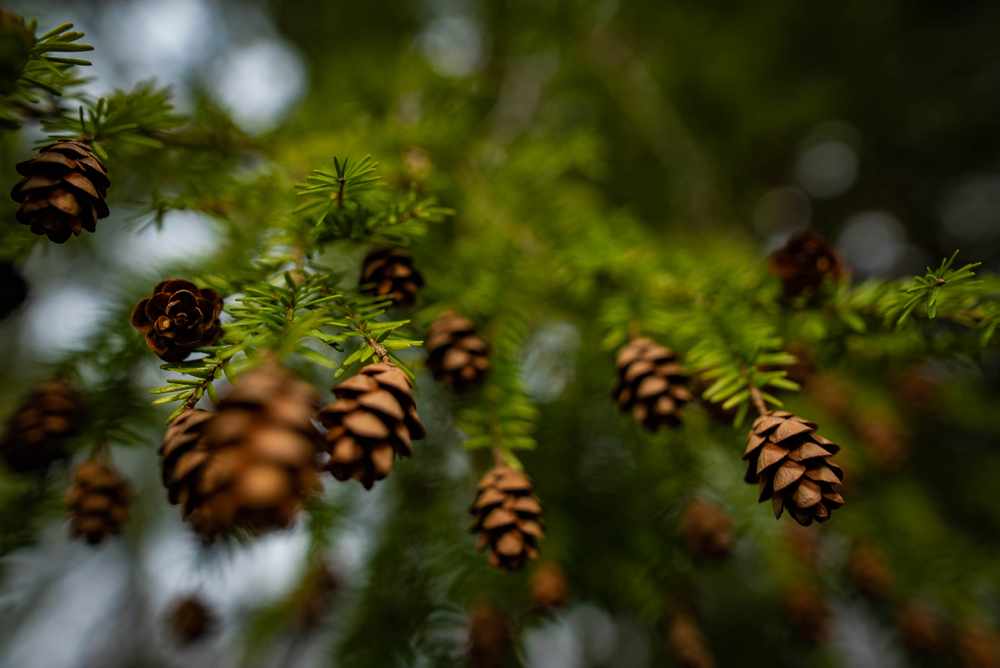 Speedy Window Repair Orlando FL is something everyone wants to be done promptly. When you are trying to sell a home, you must get the best price possible. That means keeping the windows repaired. This can help to make the house look and smell great.
Speedy Window Repair Orlando FL is something everyone wants to be done promptly. When you are trying to sell a home, you must get the best price possible. That means keeping the windows repaired. This can help to make the house look and smell great.
Broken windows? The windows on your house are an important visual and structural element. If cracked panes, damaged glass or missing seal; it will detract from the appearance of the home. Broken Window Repair If need to replace the glass or repair the damaged seal, look for the following window repair services near you.
A lot of these window repair services will replace just the damaged glass. For example, say you had two windows that were cracked and one was completely blocked. The service would either replace the glass or fix the sashes to get rid of the obstruction. This is the best case scenario.
If you have panes that are slightly damaged but remain undamaged, the window repair services may consider repairing them. One option may be to replace the glass with new material. The other option is to repair using new technology and materials that are more energy efficient. Many people are choosing to use panes made from recycled glass. These are both environmentally and economically beneficial.
When choosing a company to do your window glass, make sure they are experienced and skilled in glass window repair services. They should use the correct equipment and protect you from any damage. In addition, the company should be insured. A good idea is to ask for references from past customers. Companies that have a great reputation are worth their weight in gold.
There are many window repair services that offer services like replacement of broken windows as well as routine maintenance such as cleaning and routine repairs. It is important to remember that you do not want just the windows replaced; you want the whole system replaced. This includes the sashes and panes. Make sure you call us today to schedule a free inspection and estimate for all of your windows. We can come out and inspect your entire home or business at no cost to you.
Today’s homeowners are looking for ways to cut costs and do their own jobs instead of hiring a company to do it for them. Replacing broken windows is just one of the many services available for the do-it-yourselfer. Glass replacement is just one example. Other services include routine maintenance, repairs, mold removal, termite inspection, cleaning and some will even help protect your home or business against extreme weather conditions.
There are numerous companies on the market today who will say they will replace windows or fix them but most will not. We have had experience with many of these companies. Some claim they can fix your windows but when it comes to glass they do not even come close. If they replace your glass they will charge you for it. When we are fixing your windows we will charge you only if it is broken or needed another repair.
Many homeowners will hire a professional company to do home window repairs and replacement. When choosing a company make sure you know exactly what you need and want. If you need an entire window replaced we can do it and most other companies can also help with those windows. We will give you an estimate based on the damage and the material your windows are made from. If your windows are aluminum we can offer you an affordable price on a replacement.
Home window replacements can take anywhere from one day to a few weeks depending on the size of the window. If you need an inspection before the repair begins then that could be done as well. We can also work on double panes or clear windows. Many homeowners want to replace just the frame and glass and never touch the glass installation.
The most common place to replace a window is on the lower frame. If your power windows are not working properly and the electricity is tripping inside then we can come out to your home and repair it. Some homeowners like to have complete power windows replaced with new ones because they are more appealing and more energy efficient. If you have damaged glass then we can replace both the damaged glass and the frame.
Many people become damaged when their house gets a severe storm and there is hail or wind. Homes that do not have any type of storm shutters usually become damaged more easily than homes with the shutters up. When choosing a company to repair your windows we will talk with you about having them replace the windows and the frames if they become damaged. When choosing a company to do your windows we will discuss having them fix your windows and the frame if they become damaged.

